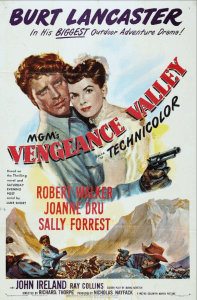
THIS WEEK MOVIE SELECTION
Watch Free Classic Movies & Vintage TV Online
Welcome to ClassicFlixTV — your free hub for timeless entertainment. Watch classic movies, vintage films, and old TV shows online, all in stunning HD. Whether you love black-and-white cinema, golden-age Hollywood, or retro drama series, you’ll find it all here — no subscription required.
Stream Classic Films and Old TV Series in HD
Our platform features a curated collection of the best old movies, vintage films, and retro TV series — all free to watch. From classic noir and romance to legendary dramas and vintage comedies, ClassicFlixTV brings you the finest classics online, enhanced with RINNUVA AI image restoration for a modern viewing experience.
Why ClassicFlixTV is Your Go-To for Free Classic Movies
At ClassicFlixTV, we believe timeless stories should be accessible to everyone. That’s why we offer a growing library of free classic movies and TV shows — no sign-up, no ads, just pure nostalgia. Whether you’re revisiting favorites or discovering vintage gems, you can stream classic movies free, anytime and anywhere.
Explore by Genre: Vintage Drama, Comedy, Noir & More
Browse our collection by genre or era — including vintage dramas, classic crime stories, black-and-white films, old thrillers, and retro sci-fi. Whatever your style, ClassicFlixTV helps you watch free old movies and vintage films that shaped cinema history.
Start Watching Free Classic Movies Today
Don’t wait — dive into the world of classic cinema and stream vintage movies online now. Enjoy a nostalgic viewing experience, updated with HD visuals and AI enhancement. Discover the magic of old films at ClassicFlixTV — always free, always timeless.